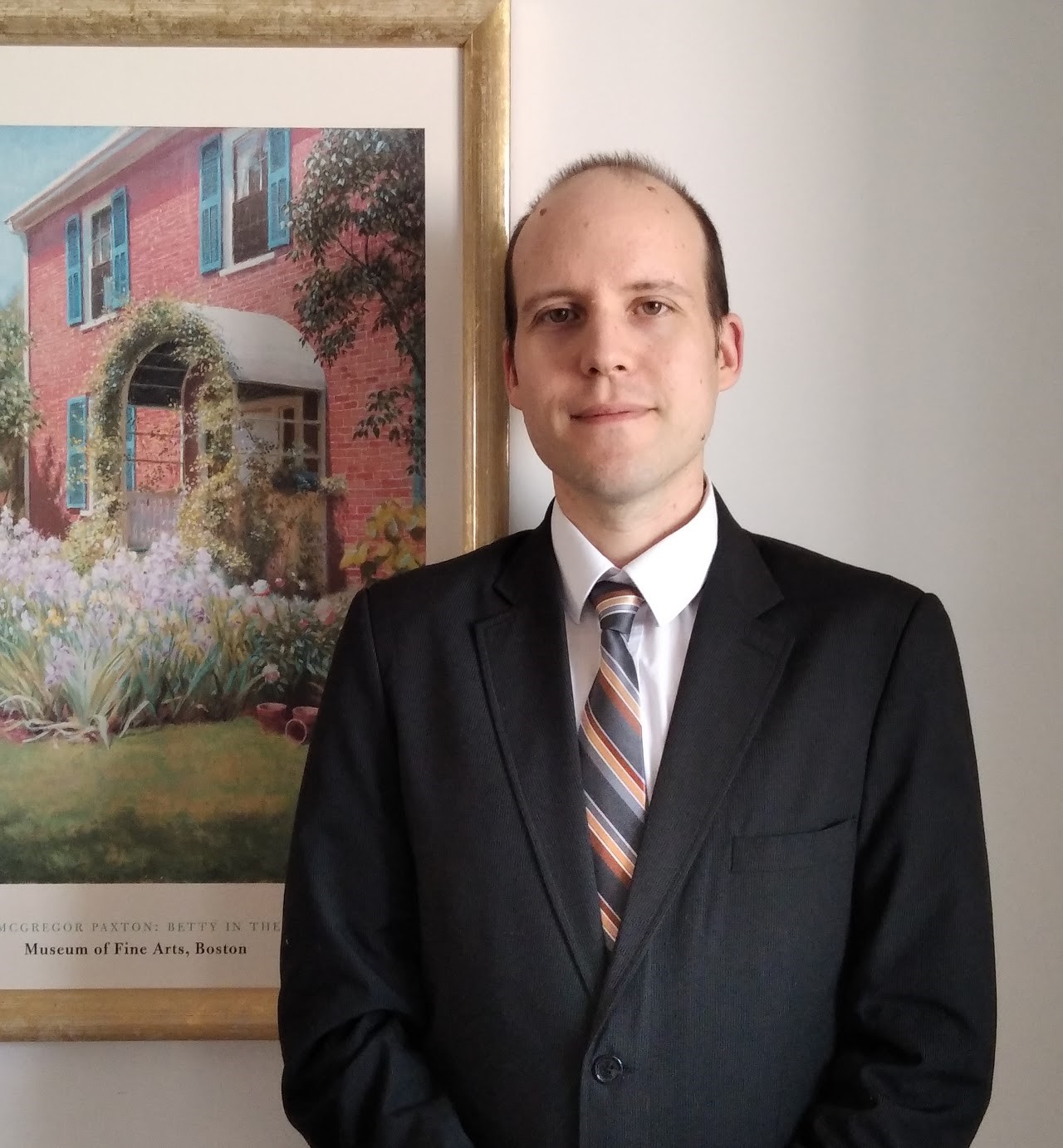
Dr. Igor V. Pantić
Department of Medical Physiology, Faculty of Medicine, University of Belgrade, Belgrade, SerbiaSpeech Title: Gray-level co-occurrence matrix method for detection of physiological alterations in chromatin organization and distribution
Abstract: Gray-level co-occurrence matrix (GLCM) is a contemporary and innovative computational method for assessment of texture and quantification of textural features. In molecular and cell biology it can be used for detection of subtle changes in nuclear chromatin architecture in physiological and pathological conditions. Some chromatin GLCM parameters such as angular second moment, inverse difference moment and textural entropy may be useful indicators of chromatin structural alterations during the process of cellular senescence, as well as during early stages of programmed cell death. Today, various computational platforms for calculation of GLCM data exist, and this technique was shown to be sensitive, affordable and easy-to-use in various biological and medical research areas. Some authors state that in the future, GLCM computational algorithm may become a useful addition to the current diagnostic methods and practices in biochemistry, histology and pathology.
Biography: Prof. Igor Pantic studied Medicine at the University of Belgrade, Serbia and graduated as MD in 2008. He received his PhD degree in 2013 at the same institution in the field of Molecular medicine. He is currently a professor at the University of Belgrade, Faculty of medicine, Department of medical physiology. Since 2017, Dr. Pantic also holds the appointment of Affiliated Professor at the University of Haifa, Israel. Also since 2017, he has been an External research associate of the National Science Foundation's industry-university cooperative research center, Center for advanced knowledge enablement, a consortium of Florida international, Florida Atlantic, Dubna, and Greenwich universities, Miami, FL, USA. His main interests are computational biology, cellular physiology and neurosciences.

